
 |
| 55 Zen quotes to calm the mind |
It's hard if not impossible to get a "pure Buddhism" as the Dharma is always steeped in a culture colored by shamanic and other preexisting spiritual traditions and philosophies.
 |
| Look, Everybody, I'm being mindful and Zen. |
- What happened to Doggone? Zen koans (TED)
- Who is Amida Buddha or Amitābha?
- MANTRA: Namu Amida Butsu ("Homage to Amitābha Buddha")
- Pure Land Buddhism (tariki vs. jiriki)
 |
| Not all forms of "Buddhism" are alike. |
Instead of muscling through everything, efforting and straining, there's a better way that bends with the wind, goes with the flow, and thereby follows "The Way," the Tao.
Western translator and spiritual entertainer Alan Watts speaks of a great divide in outlook in Japan that developed in Buddhism: self-power (jiriki) versus other power (tariki).
Can we do the impossible and pull ourselves up by our own bootstraps? Or must we rely on some higher power, an outside source, to pull us out of the mire?
In practice, the latter may make more sense or seem much easier. The former may work, but it will take subtlety and great mindfulness (sati-patthana) so that ego is not just leading ego around, self-willed as it has so long been, thinking it's getting anywhere worth going.
Let's shut up and stop talking to ourselves to see
 |
| Is Pure Land Buddhism even still Buddhism? |
- It is important to qualify these words as nowadays there are lots of buddhas or alleged "supremely enlightened teachers, and many latter-day interpretations of the Dharma (the Buddha's Teaching or Doctrine), and it is not the monastic Sangha ("spiritual community") that serves as this ultimate guide but rather the "noble" (Aryan/Ariya) or enlightened community, which refers to these eight people, who may or may not be Buddhist monastics.
- It is NOT "going for refuge" but for "guidance"
- Sarana means "going for guidance" not "refuge"
 |
| Can we just worship Goddess Guanyin instead? |
Two Buddhisms have developed in Japan over this vital question of tariki versus jiriki. Shall we follow the example of the historical Buddha or the later (possibly make believe) "Cosmic Buddhas," who seem more like old time Vedic/Hindu gods (brahmas and devas) than the buddhas the Buddha talked about as having taught in the distant past.
There is Amitabha, Ksitigarbha, Avalokiteshvara (Guanyin, Kwan Yin, Kwannon), Budai, or whoever. It is the Kali Yuga (the "Decadent Age") after all, as Hinduism's holy books, the Vedas, tell Mahayana Buddhists. In these dark times, blind faith will seem far more attractive to faith-types full of attachments than the letting go asked of us by wisdom, confidence (saddha, reasoned and verifiable faith, conviction), and a persevering-practice.
Sit a little every day; that is far more powerful thana marathon effort every so often. Practice is key. Even trying to sit once will make this tariki vs. jiriki debate suddenly make sense. In the meantime, listen to Alan Watts. He, though irascible with an irreducible rascality, knows a thing or two.
- Alan Watts via Art of Zentrification | Discovering the Depths of Shinshu Buddhism; Dhr. Seven, Pfc. Sandoval, Ananda (Dharma Buddhist Meditation) (eds.), Wisdom Quarterly






















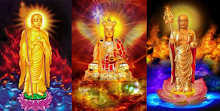



















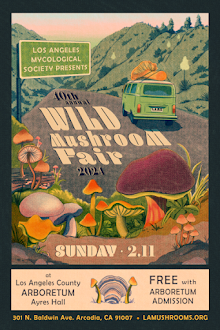

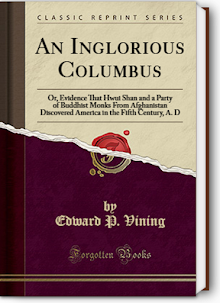


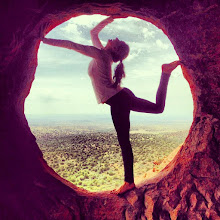
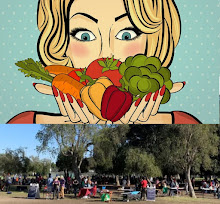









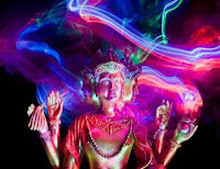









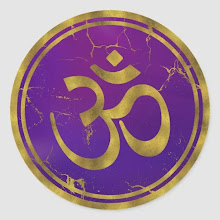





















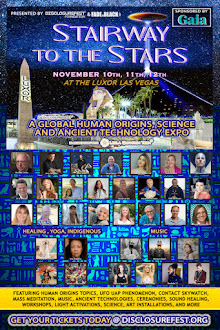
























































































































































No comments:
Post a Comment